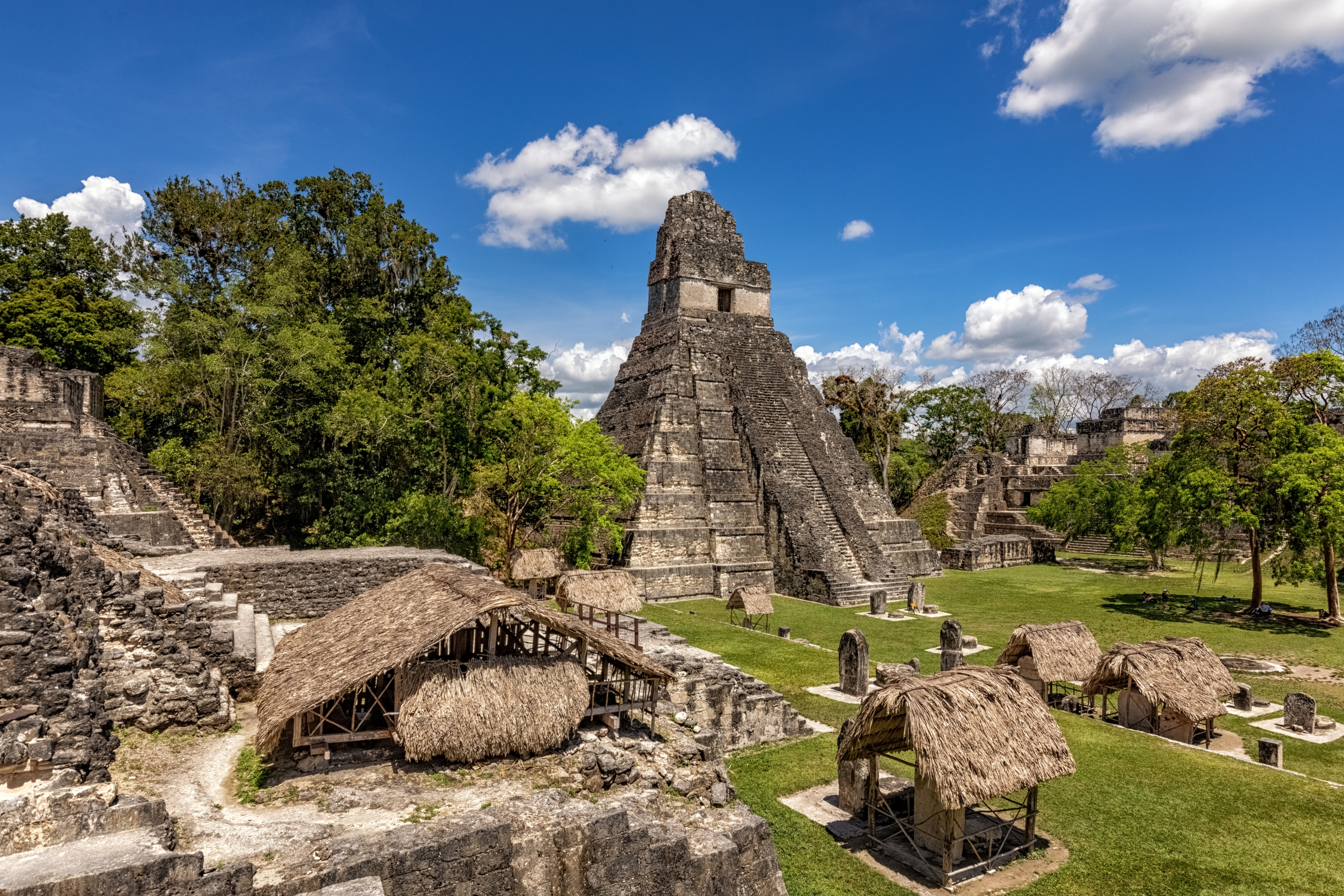Famous for its iconic pyramid and temples, the ancient Maya city of Tikal is no stranger to imperial conflict, having provided the setting for the Rebel Alliance base in Star Wars: Episode IV. However, new research suggests that the jungle-covered site may once have been conquered by another Mesoamerican superpower from central Mexico.
Located in Guatemala, Tikal was established around 850 BCE, although an engraved stone known as the Tikal Marcador explains that the metropolis was taken over by the city-state of Teotihuacan in 378 CE. Located just over 1,000 kilometers (630 miles) away on the outskirts of what is now Mexico City, Teotihuacan was the largest pre-Hispanic city ever to exist in the Americas, and pre-dates the founding of the Aztec empire.
Describing this event – known as the Entrada – study author Stephen Houston explained in a statement that “around A.D. 378, Teotihuacan was essentially decapitating a kingdom.” In taking over Tikal, “they removed the king and replaced him with a quisling, a puppet king who proved a useful local instrument to Teotihuacan.”
However, the extent to which the Teotihuacan elites controlled the cultural and religious affairs of Tikal has until now remained less clear. Providing new insights into this matter, Houston and colleagues present the discovery of an altar from the 5th century CE, which was found buried in the very center of Tikal.
Decorated with four painted panels, the altar depicts a person wearing a feathered headdress and surrounded by shields or regalia. According to the researchers, the figure probably represents one of the Teotihuacan deities, while the painting style suggests that it was created by an artist who was trained at Teotihuacan itself.
“The distinctive fanged or pronged mouthpiece of the figure on the Tikal altar suggests it relates to the ‘Storm God’”, who was associated with rain, fertility, and possibly warfare in Teotihuacan mythology, write the study authors. “The face has almond-shaped eyes and wears a nose-bar with fangs, consistent with depictions of several deities at Teotihuacan,” they add.

Tikal flourished for over 1,000 years before it was conquered.
Image credit: Ingo Bartussek/Shutterstock.com
Within the altar, the team found the remains of a child interred in a seated position and an adult buried with a green obsidian dart – both hallmarks of Teotihuacan ritual practices, yet uncommon in Tikal.
Putting all of this together, Houston said: “What the altar confirms is that wealthy leaders from Teotihuacan came to Tikal and created replicas of ritual facilities that would have existed in their home city.”
“It shows Teotihuacan left a heavy imprint there.”
Placing this discovery within the wider context of ancient Mesoamerica and its competing empires, Houston goes on to explain that the “powers of central Mexico reached into the Maya world because they saw it as a place of extraordinary wealth, of special feathers from tropical birds, jade and chocolate.”
“As far as Teotihuacan was concerned, it was the land of milk and honey.”
The study is published in the journal Antiquity.
Source Link: Mexican “Storm God” Altar At Tikal Confirms Invasion Of Maya Empire